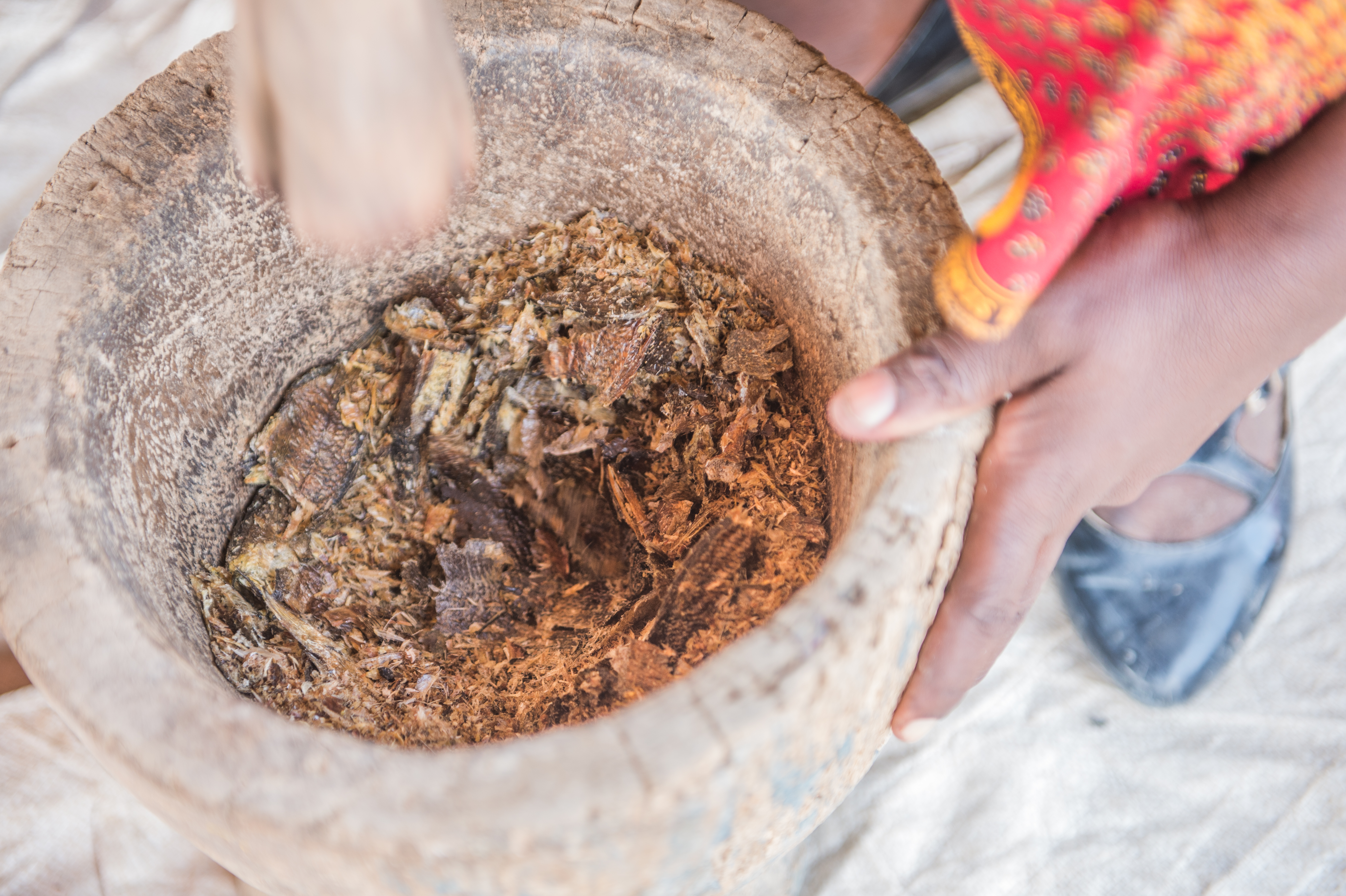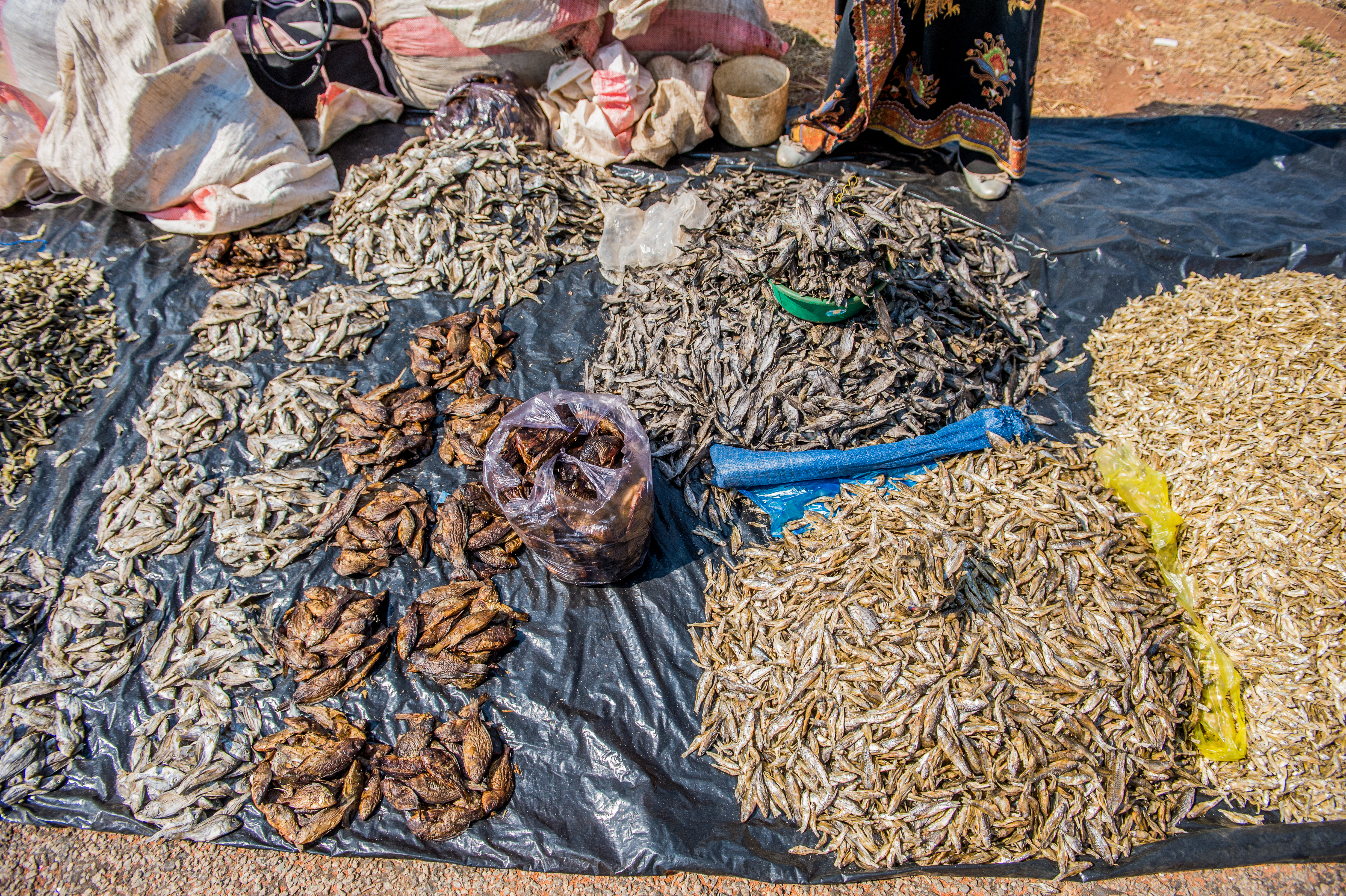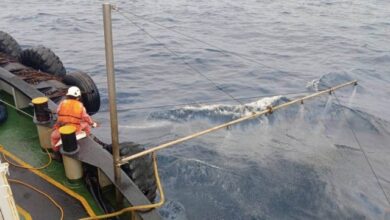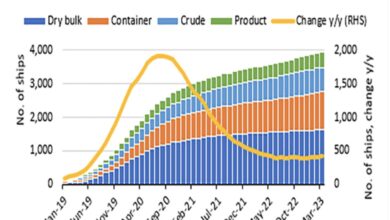
Aquatic foods achieve nutrition security in Myanmar and Zambia so aquatic foods, containing vital nutrients for human development, are the most accessible source of animal protein in Myanmar and Zambia. However, despite recognition of its many benefits, aquatic foods have not been extensively used in food and nutrition security interventions.
Consumption of aquatic foods is quite low in Zambia, as is the case for communities in Myanmar living in hilly areas. Both countries struggle with high levels of malnutrition, especially among children under 5 years old and women of reproductive age.
Zambia has one of the highest rates of malnutrition, particularly stunting in sub-Saharan Africa. According to a nutrition profile report for Zambia compiled by the United States Agency for International Development (USAID), 35 percent of children under five years in Zambia are stunted (short height for their age) and 4 percent of children under five years are acutely malnourished or wasted (underweight for their height).

The case for Myanmar is not too different. The majority of people in Myanmar, especially women and children, are struggling with physical, social, and economic access to sufficient, safe, and nutritious food.
According to the 2015-2016 Myanmar Demographic and Health Survey by the Ministry of Health and Sports, nearly one in three children in Myanmar under the age of five suffers from stunting while wasting stands at 7 percent nationally.
The importance of promoting nutrient-rich foods in efforts to achieve the United Nations Sustainable Development Goal (SDG) of ending hunger by 2030 cannot be over-emphasized. Aquatic foods can offer the people of Myanmar and Zambia a solution to achieving food and nutrition security for their nations.

Source: World Fish













